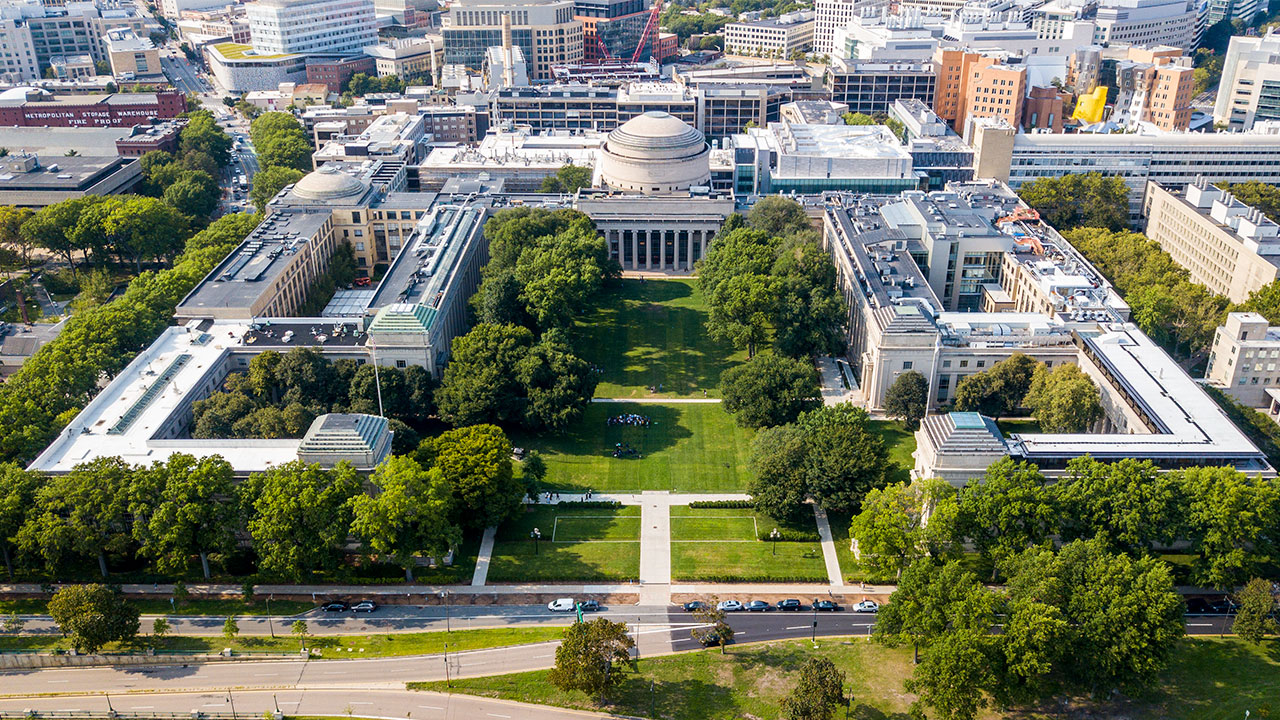The Massachusetts Institute of Technology (MIT) ranks as the world’s #1 university, celebrated for its rigorous academics, cutting-edge research, and vibrant campus community. It offers highly sought-after programs in engineering, physics, and other sciences. Gaining admission to MIT is highly competitive, but with careful planning and a strong application, you can significantly enhance your chances of success. Here’s a clear, step-by-step guide on how to get admission to MIT for both undergraduate and graduate programs.
Why Choose MIT?
MIT is a top choice for ambitious students due to its blend of academic excellence, innovative research, and global prestige. Over 90% of undergraduates engage in cutting-edge research with world-renowned faculty from their first year. The university’s need-blind admissions and generous financial aid ensure talented students from all backgrounds can attend.
How to Get Admission to MIT
With a diverse, interdisciplinary curriculum, MIT prepares students to solve complex challenges, while its strong alumni network and high ROI open doors to elite career opportunities worldwide. MIT truly rewards hard work, creativity, and determination.
- Global Reputation and Academic Excellence
MIT is consistently ranked among the world’s top universities, especially in STEM fields, making its degree highly valuable in the global job market.
- Need-Blind, Generous Financial Aid
It meets 100% of the demonstrated financial need for all undergraduates, including international students, and offers tuition-free education for families earning under $200,000 starting in 2025.
- Diverse and Interdisciplinary Curriculum
Offers robust programs not only in STEM but also in the humanities, arts, social sciences, architecture, and business, encouraging students to tackle global challenges from multiple perspectives.
What are the Requirements to Get into MIT?
MIT seeks students who excel academically, demonstrate a passion for discovery, and show initiative in their communities. The university values not just grades and test scores, but also creativity, leadership, and a genuine curiosity for learning. The acceptance rate is approximately 4%, highlighting the highly competitive nature of securing a place at the university
Undergraduate Applicants:
- A strong academic record in high school is required, with a minimum GPA of 3.5 out of 4.0 (approximately 90%).
- Rigorous coursework in mathematics, science, and other core subjects.
- Standardized test scores: SAT (typically 1500+), ACT (35+), or equivalent.
- English proficiency for non-native speakers: IELTS- 7.0+, TOEFL iBT- 90+, Duolingo- 120+, or PTE- 65+.
Graduate Applicants:
- Bachelor’s degree or equivalent, with a strong academic record (GPA of 3.5/4.0 or higher).
- GRE or GMAT scores as required by the program (GRE: Verbal 158+, Quant 159+; GMAT: 690-760).
- English proficiency is above.
What are the documents required?
List of documents that are required before planning to apply to the Massachusetts Institute of Technology:
- Official transcripts are required and must be provided in English if necessary, with a minimum GPA of 3.5 or higher.
- Two to three recommendation letters: undergraduates need one from a math/science teacher and one from a humanities teacher; graduates need academic or professional references.
- Undergraduates submit essays on activities and motivation; graduates provide a Statement of Purpose and may answer essay questions.
- Submit GRE or GMAT scores as required, plus IELTS or TOEFL for English proficiency.
- Graduate applicants must include a resume or CV.
- Portfolios are required for design or architecture applicants.
- The application fee is $75 (around ₹6,530).
Application Process and Deadlines
After 12th:
- You can directly visit the MIT official site to apply for the undergraduate course.
- Early Action deadline: November 1; Regular Action deadline: January 6.
- Application fee: $75 (waivers available for those with financial need).
After Undergraduate:
- Apply via the relevant MIT department or program portal.
- Deadlines vary by program; check individual department websites.
- Application fee: $75–$150, depending on the program.
MIT Fees and Cost of Attendance
To know the real expenditure is important before planning your study abroad journey at MIT. The annual cost covers tuition, housing, food, and other personal expenses. Here’s a breakdown:
- Tuition- $64,310
- Student life fee- $420
- Housing (most expensive double room)- $13,614
- Food (most expensive meal plan)- $7,650
- Books, course materials, supplies, equipment- $910
- Personal expenses- $2,436
- Total (before aid)- $89,340
Who to Full-Fill Financial Requirement?
MIT offers a robust range of scholarships and financial aid options for international students, ensuring that talented students from all backgrounds can afford an MIT education. Here are the key scholarships and funding opportunities provided by MIT:
- MIT Scholarships (Undergraduate): Need-based scholarships covering tuition, room, and board. Around 58% of undergraduates receive aid, with a median award of over $66,000 per year. International students apply through the same process as U.S. students.
- First-Year Grant: A $2,000 grant to help low-income first-year students cover initial college expenses.
- Graduate Fellowships: Merit-based fellowships awarded by departments covering tuition and living stipends, based on academic excellence and research potential.
- Program-Specific Scholarships: Additional awards from programs like the Sloan School of Management and the Legatum Fellowship for Entrepreneurship.
- External Scholarships: Students can also apply for scholarships like the Fulbright-Nehru Fellowship and others.
What to Do After Applying
- Track your application status through the MIT portal.
- For undergraduates, submit mid-year grades via the February Updates & Notes Form.
- Prepare for possible interviews as part of the selection process.
Conclusion
Admission to MIT is challenging, but not impossible, for dedicated and well-prepared students. Focus on building a strong academic profile, engaging deeply in activities you care about, and presenting your authentic self throughout the application. Start early, stay organized, and seek guidance from mentors or counselors, like EduNirvana, when needed. For more detailed, up-to-date information, always refer to the official MIT admissions website. Good luck with your application journey!











